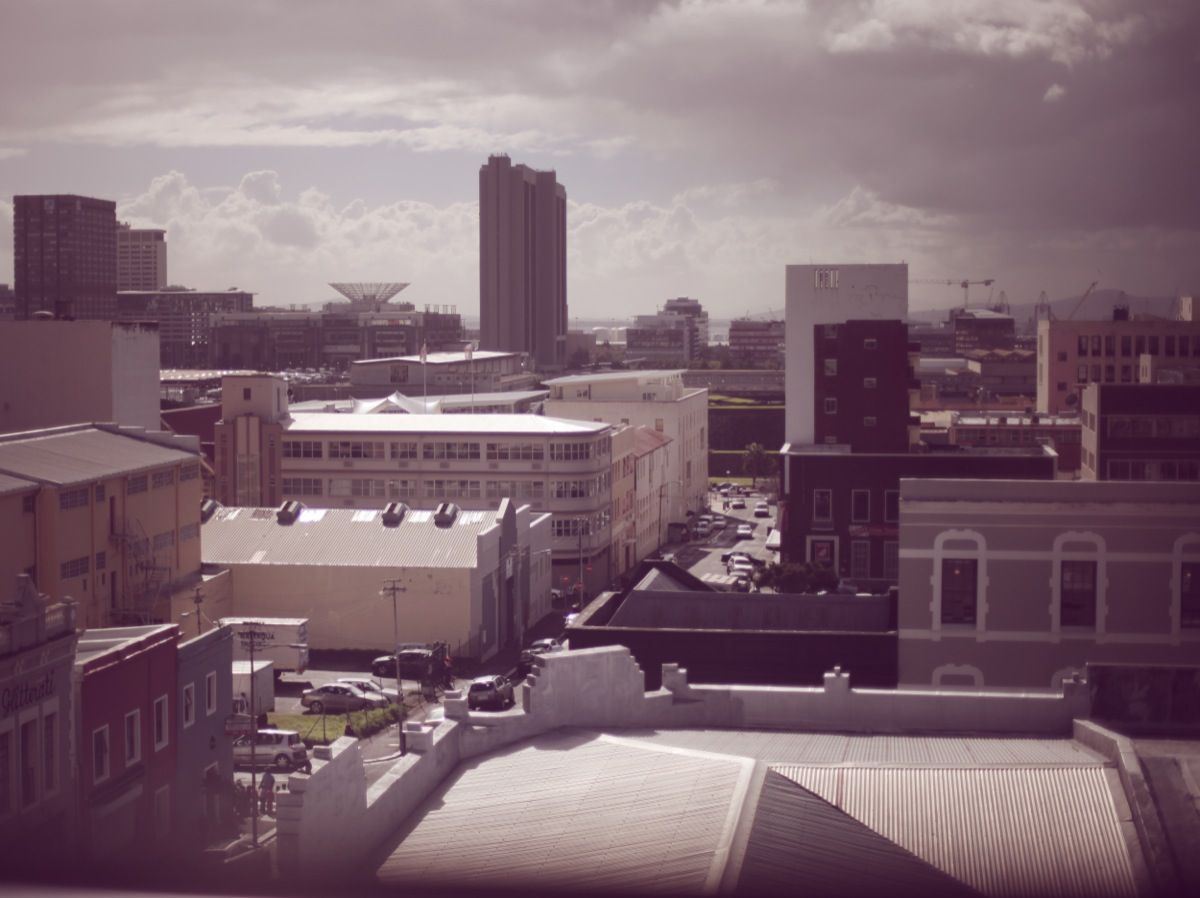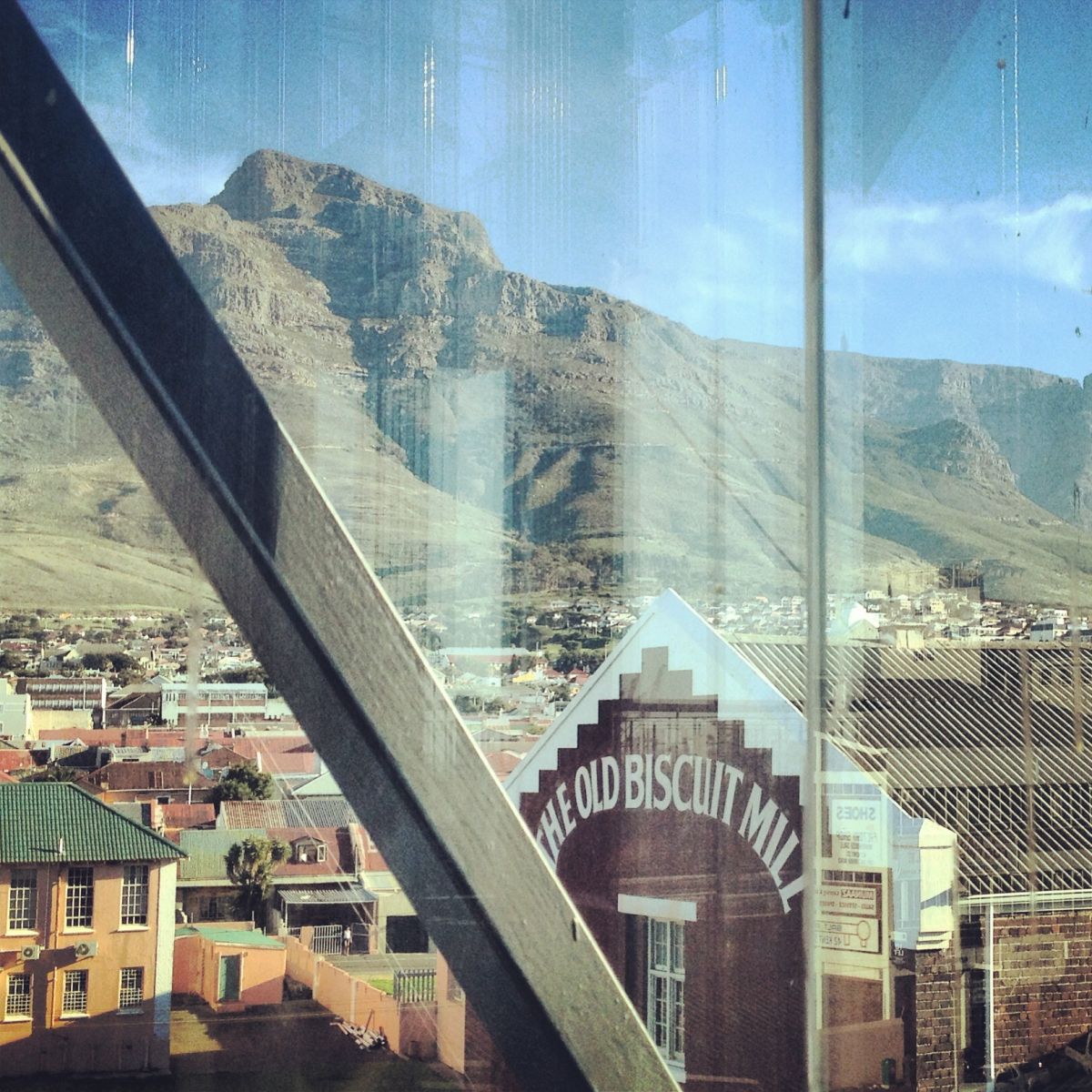World Design Capital - Golden Opportunity for Cape Town’s Urban Tourism
by on 15.10.2013
Copy of the Opinion Piece by Mariette du Toit-Helmbold, published in the Cape Times on 14 October 2013
We are in the age of the urban tourist. With more than half of the world’s population living in cities - and numbers being expected to reach almost five billion by 2030 - the scope for city tourism is growing rapidly.
This was the clear message sounded at the United Nation’s World Tourism Organisation’s City Tourism Summit, which I attended in Moscow recently. Read my key insights on City Tourism here.

Cape Town - beyond the mountain by Andrew Brauteseth
Today up to 80% of all international tourists travel to a city first, and then to its surrounds. Over 30% of all global visitor revenue is expended in the top 150 visited cities and, taking tourism as a whole, over 70% of tourism spend occurs in urban areas. For most people, to escape, means to explore different and new cultures and for them, cities are the epicentres of modern living.
There is little doubt that well-entrenched, often negative, perceptions about South Africa, and, in particular its cities, combined with the lack of a compelling urban marketing strategy has had a negative impact on the number of potential visitors to South Africa. As a result, international markets still have a limited knowledge of South Africa’s cities with very few people being aware of its comprehensive proposition, value, or experiences.
It was not until the 2010 FIFA World Cup that South Africa’s urban centres received the necessary exposure needed to position South Africa as a multi-dimensional destination able to attract a larger percentage of the world’s fastest growing sector, namely urban travellers.

The 2010 FIFA World Cup showcased South Africa as a country with vibrant, interesting cities.
South Africa had long positioned itself as a country with abundant wildlife and great scenic beauty and most marketing campaigns were somewhat one dimensionally developed around these themes. Before 2010, the urban centres of the country were underutilised as brand strengths in marketing efforts. South African Tourism has since bolstered efforts to market urban centres, and I believe this has been a contributing factor in the country’s maintained tourism growth despite the global economic downturn. Here is an example.
For Cape Town there is no better time to invest in its urban tourism marketing proposition than 2014.
Being a World Design Capital is by its very nature an exercise in city branding. Cape Town won the bid based on our proposal to use design as a starting point to transform our city and improve the lives and opportunities of our residents. This promise to be a champion for design-led urban management is also the foundation for a city tourism brand, a calling card for a city that is creative, innovative and exciting, one that puts people first, one that people want to visit.
We would do well to take advantage of the endorsement this title brings to showcase our urban environment in numerous ways. There is a global yearning for authenticity, accountability and responsible living; design and creativity are seen as part of the solution to a future world where we are at once independent and part of a community. Discovery and escapism are as important as voluntourism and personal retreat. It is therefore of paramount importance to establish cities as places where people want to live, work, play, study, visit and invest.
Creating more liveable cities means creating better places to visit but according to the UNWTO, urban tourism also has a critical role to play in the preservation of cultural identity, economic development and as a mechanism for enriching urban life. Urban tourism triggers a constant investment in infrastructure, promotion and conservation. This ultimately benefits tourists and local residents.

Being a World Design Capital is an opportunity to position Cape Town beyond just another beautiful place.
The UNWTO “Cities” project (in association with 21 of the world’s top cities) compiled the first comprehensive report on City Tourism in 2012. It highlights a deep need to connect emotionally which has given way to new, more affordable and accessible forms of enjoyment that will focus on the human and interrelational dimensions of the travel experience. A good example is the popularity of the Bo-Kaap cooking safari; stories connect us and make a place interesting.
Nobody tells a destination’s story better than local citizens and visitors themselves.
Alongside the need for authentic human interaction is a growing concern for the ethical implications of travel, particularly in-destination. There is also a greater appreciation for spaces that are harmonious and well cared-for, with nature as a priority both in terms of people’s enjoyment of it and our role in conserving nature for generations to come.
Our World Design Capital objectives resonate with these findings and should be the basis for a clear brand response from tourism, business and leisure in Cape Town – a prompt to position ourselves as a caring, innovative destination to be explored no matter the season.

There's more to Cape Town than meets the eye...
Cities are brands and the sooner they harness their brand and assets, the sooner they stand out and start to win. For each and every one of us World Design Capital 2014 is a chance to define ourselves – to stand apart and tell our story.
Cape Town cannot afford to let this opportunity pass us by.
Mariette du Toit-Helmbold is an international destination marketing and tourism thought leader and brand developer. She owns Destinate, a tourism marketing company, and was CEO of Cape Town Tourism for more than 9 years. Follow her on Twitter and Destinate on Twitter or Facebook.